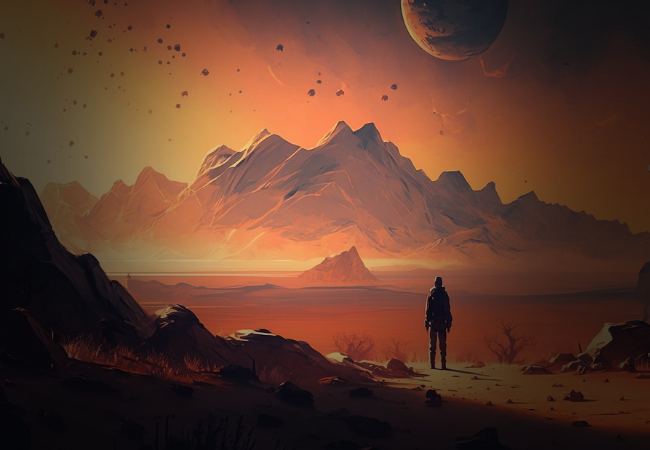Art and music have always been an integral part of human culture, and over the years, they have been evolving in various forms. With the advent of technology, we have seen how it has influenced art and music. One such development is the use of artificial intelligence (AI) in generating art and music.
The question remains: can AI-generated art and music have the same emotional impact on humans as human-generated art and music?
Artificial Intelligence is defined as the ability of machines to perform tasks that would typically require human intelligence. AI has been used in various fields, including medicine, finance, and transportation, and art is no exception. With the use of AI, we can create unique and complex pieces of art and music that were previously impossible.
AI-generated art and music use algorithms and machine learning to analyze and understand patterns and trends in data. This data is then used to create something new and unique. These algorithms can generate art and music that mimic human emotions, style, and creativity. The potential for AI-generated art and music is enormous. It can be used to create music for movies, advertisements, and games, as well as to generate unique and captivating artworks.
However, the question remains whether AI-generated art and music can evoke the same emotions and feelings as human-generated art and music. While AI-generated art and music can produce patterns and trends, it lacks the human touch, which is essential in creating an emotional connection with the audience. Human-generated art and music have an emotional depth that AI-generated art and music cannot replicate. Moreover, human-generated art and music is subjective, which adds to its uniqueness and appeal.
AI-generated art and music can be seen as a tool for artists to explore and experiment with new forms of expression. It can help artists create unique and intricate pieces of art and music that were previously impossible. The use of AI in art and music can expand our creative boundaries and inspire new forms of art and music.
In conclusion, the potential for AI-generated art and music is enormous. It can be used to create unique and captivating pieces of art and music that were previously impossible. However, AI-generated art and music lacks the emotional depth that human-generated art and music possesses.
While AI-generated art and music can be seen as a tool for artists to explore and experiment, it cannot replace human-generated art and music. AI-generated art and music will continue to evolve and inspire, and it is up to us to harness its full potential while acknowledging its limitations.


Post a Comment